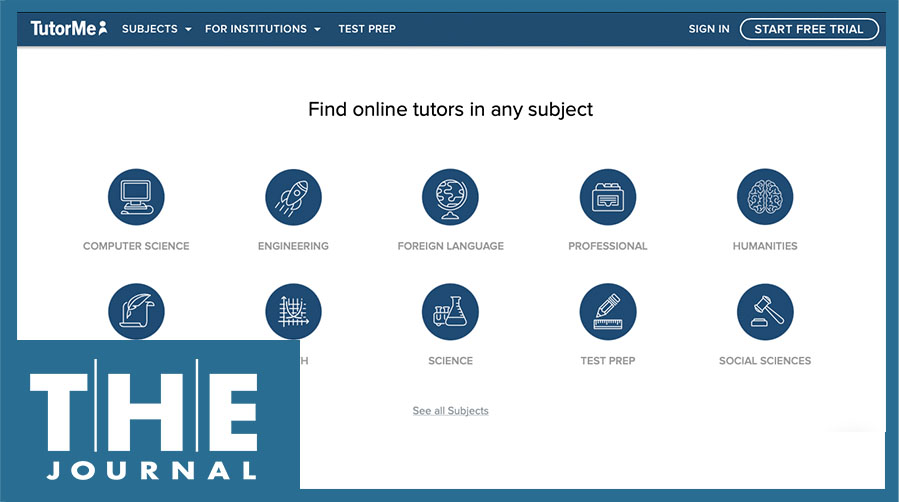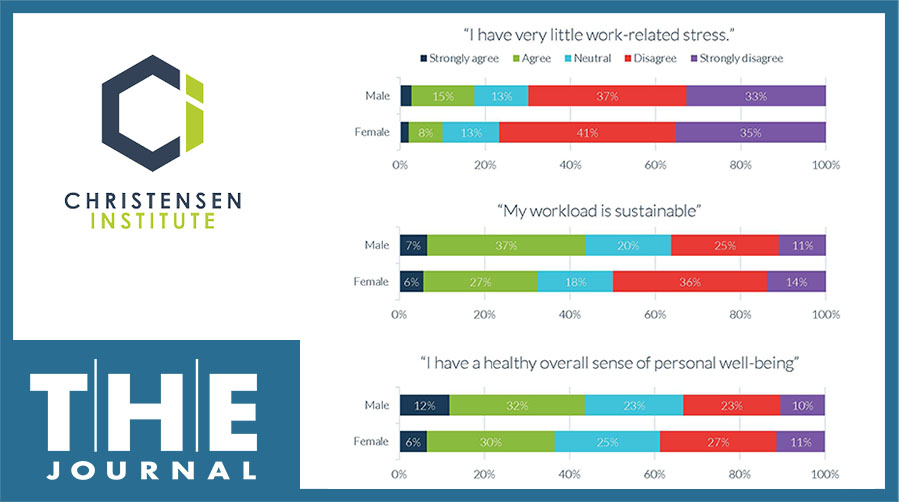
Amid explosive growth over the past two years, two recent top industry awards, and being acquired last month by GoGuardian, TutorMe Chief of Staff Kyle Baker spoke with THE Journal recently about the kind of tutoring that is proven to boost learning outcomes, how TutorMe's platform works, and what questions K–12 leaders should ask when considering a new large-scale tutoring program.
Every K–12 school district in Michigan now has access to research-based, high-impact tutoring, thanks to a new partnership between the Grand Valley State University NextEd Co-Lab and Littera Education.

New educator survey data from the Christensen Institute released today offers insights into how K–12 teachers are faring, the technology they’re still relying on most, and how the pandemic continues to influence their instructional methods and tools, even with 97% of teachers back to in-person learning.
An educator and developer of a summer math program called ST Math Immersion explains how a shift in focus away from student deficits and toward the existing strengths they can build upon is central to the asset-based learning approach — and a great way to help students develop confidence, persistence, and a growth mindset.
Total preK–12 public school enrollment in the United States declined 3% between fall 2019 and fall 2020, erasing a decade of steady growth, according to the National Center for Education Statistics’ 2022 edition of the annual Condition of Education report to Congress, which also showed that students are completing more advanced math courses and more science courses, and fewer students are dropping out before obtaining their high school diploma or GED.
Nonprofit ECMC Group’s latest Question The Quo Education Pulse survey of 14- to 18-year-olds shows that high-schoolers are paying attention to the career landscape and workforce shortages, and they’re looking for the fastest, least expensive route to careers in high-demand fields.
The Mississippi Department of Education’s provision of no-cost subscriptions to digital learning solutions for districts statewide, launched in January, is helping to close learning gaps for students in schools taking advantage of the six opt-in platforms, according to a news release, with a majority of Mississippi districts already using the subscriptions or planning to begin this summer.
The U.S. Department of Education Office for Civil Rights has resolved an investigation of the Los Angeles Unified School District with an agreement requiring it to provide educational services and compensatory services for the 66,000 students with disabilities for whom the district “failed to provide services” for as required by law, according to a news release.
In the wake of the pandemic, with more than half of teachers considering leaving the profession sooner than later, a school administrator from Tennessee shares key steps help reduce teacher turnover.
Texthelp CEO Martin McKay dives into the growing need for assistive technology, explaining what such features schools should look for when choosing learning platforms, and how accessibility tech tools help all learners — not just the one student in five with a language-based disability.